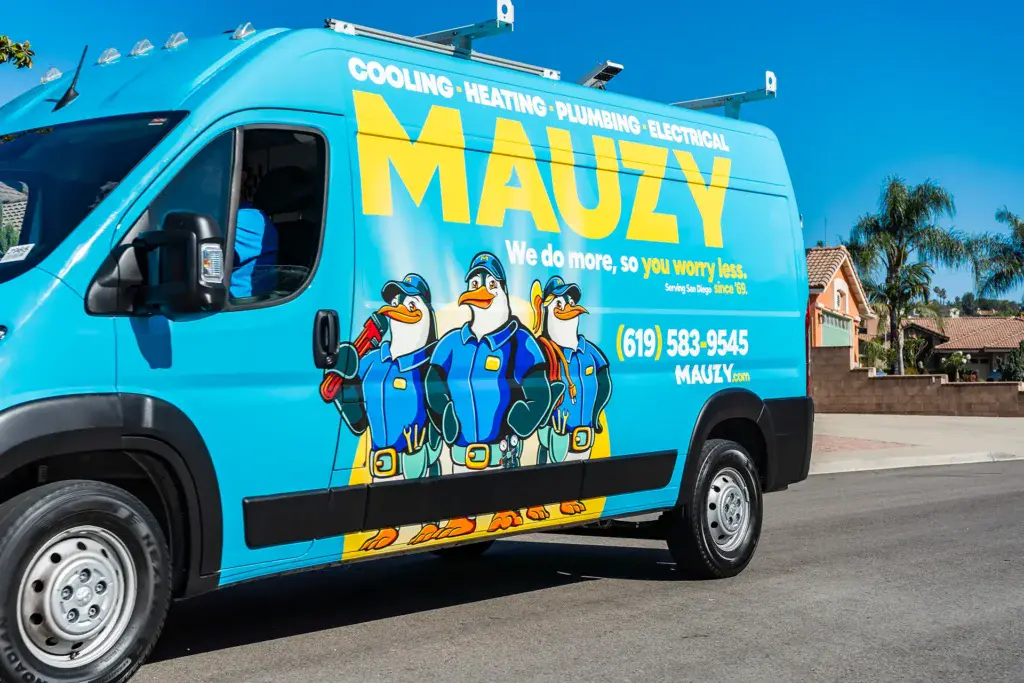Tankless water heaters are an efficient alternative to traditional tank-style heaters, providing hot water on demand and reducing energy consumption. However, proper venting is crucial to ensure safety, optimal performance, and compliance with local building codes. Understanding the venting requirements and options for your tankless water heater can help you make informed decisions about installation and maintenance.
If you’re considering a tankless water heater for your home, or if you’ve recently installed one, here’s what you need to know about venting considerations.
Why Proper Venting is Essential for Tankless Water Heaters
Venting is critical for removing exhaust gases produced during the combustion process in gas-powered tankless water heaters. Proper venting prevents these gases from accumulating inside your home, which can pose health risks and affect indoor air quality.
Types of Venting Systems for Tankless Water Heaters
There are several venting options available for tankless water heaters, each with its own set of requirements and benefits.
- Direct Vent Systems: These systems draw air from outside for combustion and vent exhaust gases outside the home, reducing the risk of indoor air quality issues.
- Power Vent Systems: Power vent systems use an electric fan or blower to force exhaust gas out of the home. They are flexible in terms of installation locations but require access to electricity.
Key Considerations for Tankless Water Heater Venting
Understanding the following key points can help ensure your tankless water heater is vented properly:
- Local Building Codes: Always adhere to local building codes and regulations, which can vary significantly from one area to another.
- Vent Material: Use only the venting material recommended by the manufacturer, as incorrect materials can affect the performance of your water heater and pose safety risks.
- Vent Length and Configuration: Follow the manufacturer’s guidelines for vent length and configuration to ensure efficient operation. Long vent runs or improper configurations can lead to performance issues.
Professional Installation and Inspection
Due to the complexity of venting systems and the importance of adhering to safety standards, it’s recommended to have your tankless water heater installed and vented by a professional.
- Hiring Qualified Technicians: Ensure that the installation is carried out by professionals with experience in tankless water heater installation and venting.
- Regular Inspections: Have your venting system inspected regularly by a professional to ensure it remains in good working condition and continues to meet safety standards.
Common Mistakes to Avoid
When venting a tankless water heater, avoid these common mistakes:
- Ignoring Local Codes: Failing to comply with local building codes can result in fines and require costly modifications.
- Improper Vent Material: Using non-approved venting materials can lead to deterioration and safety hazards.
- Neglecting Maintenance: Regular maintenance is crucial to ensure the venting system functions properly and safely over time.
Need Assistance with Your Tankless Water Heater Venting?
Proper venting is essential for the safety and efficiency of your tankless water heater. If you have questions or need professional assistance with installation, venting, or maintenance, contact us today. Our team of experts is ready to help you ensure that your tankless water heater operates safely and efficiently, providing you with endless hot water for years to come.
